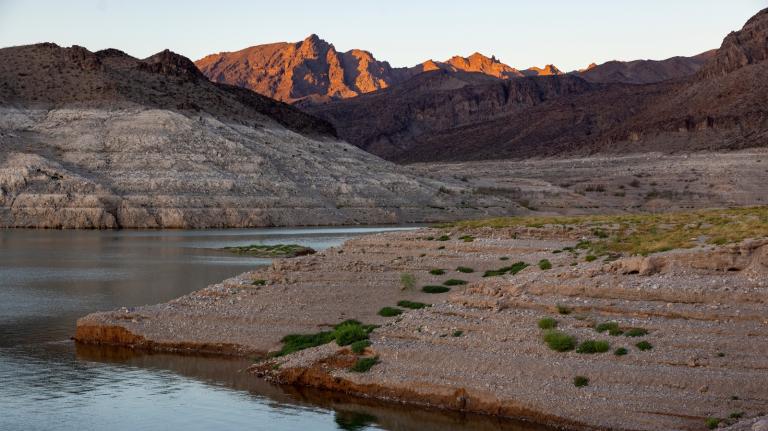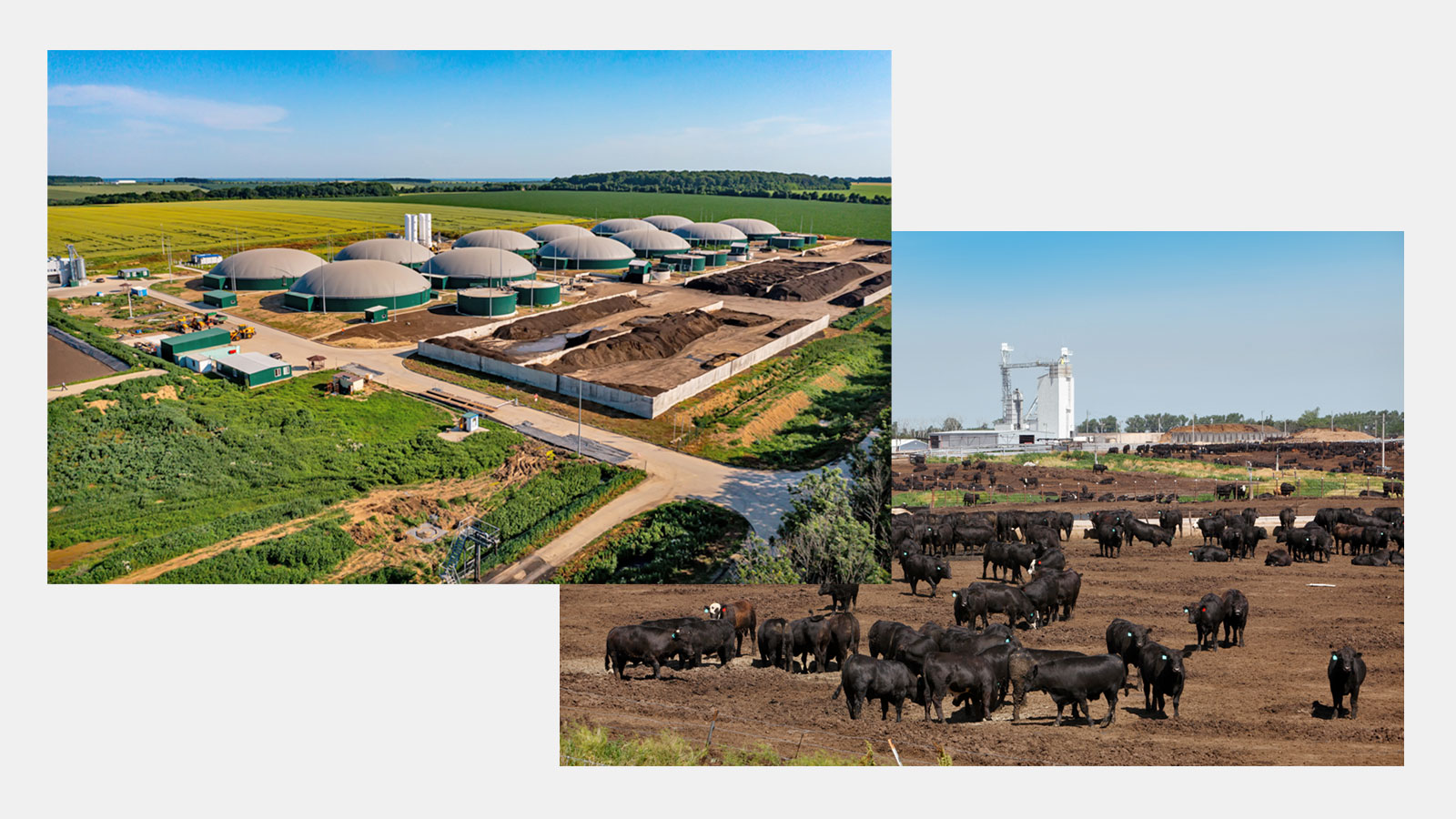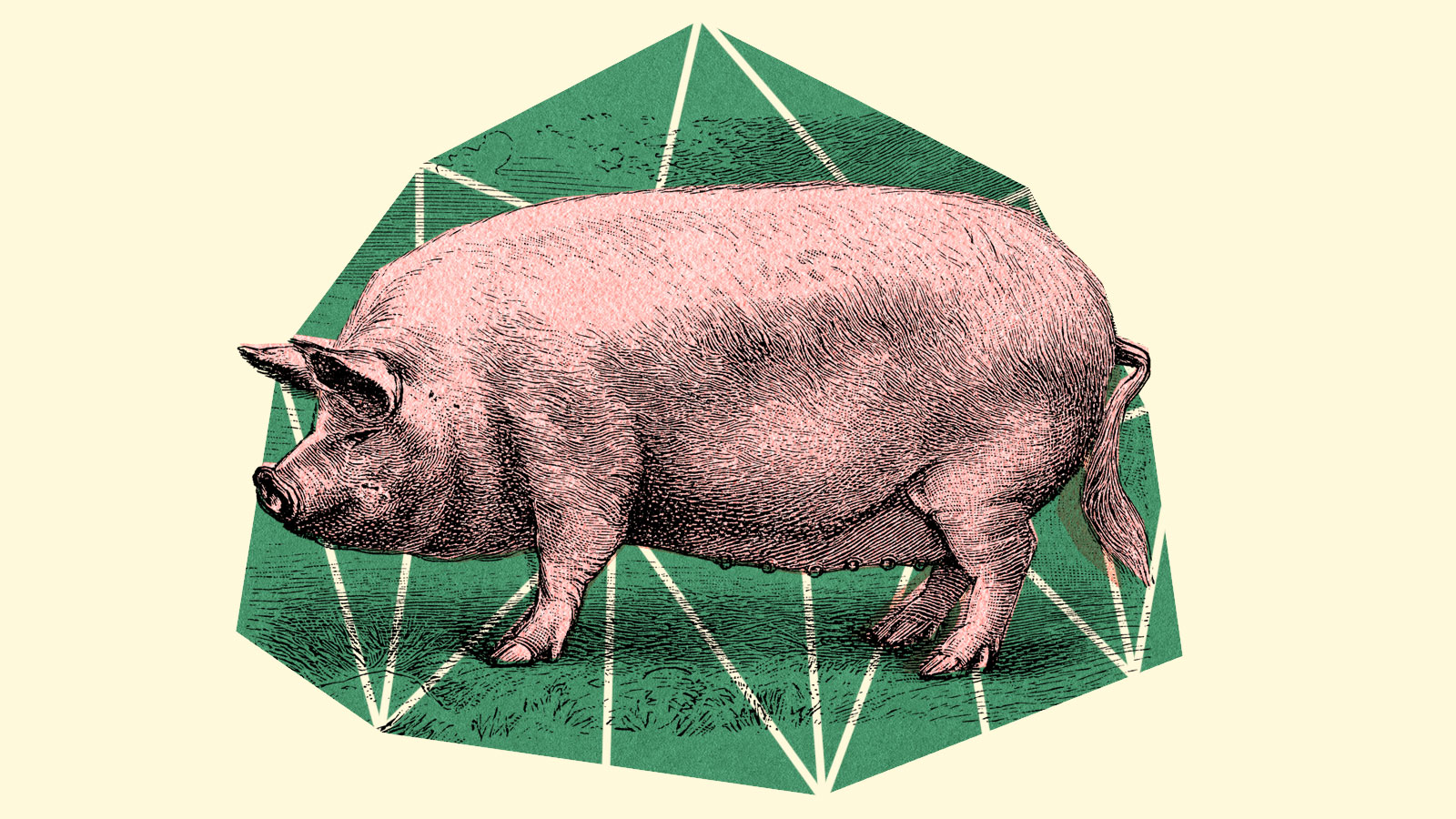When Maria Payan’s son was screened for cancer, she knew he had to leave home.
The Payan family lived in Delta, Pennsylvania, a rural community of fewer than 1,000 people near the southern edge of the state, bordering Maryland. Payan, a Pennsylvania native, said she wanted her son Michael to grow up in a small, idyllic community like she did when she was young, making Delta an attractive place to raise a family.
Then the farm across the road changed hands and became a concentrated animal feeding operation, or CAFO, home to thousands of poultry and cattle, churning out a steady supply of manure and animal waste.
“It just changes your entire life,“ Payan told Grist. “Kids can’t play outside. You have to call them inside with the level of stench because you understand it’s not just odors.”
The proliferation of CAFOs across the country has harmed the quality of life for neighboring small communities for decades, with environmental groups now suing the Environmental Protection Agency over the agency’s failure to regulate groundwater pollution stemming from factory farms.
When a farm produces massive amounts of animal waste, the waste must go somewhere. Generally, farms have pits of manure that hold the waste, uncovered and outdoors, which increase methane emissions and contribute to more ammonia in the air, as well as pollution from nitrates and phosphorus. The waste also contains hydrogen sulfide, a chemical that causes a strong odor and inflammation in the eyes, skin, and lungs.
Some of these massive farms cash in on fuel from this waste, known as biogas.
When food and animal waste are deprived of oxygen, which occurs in landfills and manure lagoons, a natural process known as anaerobic digestion occurs. Bacteria consume the waste products and eventually release methane, a widely used natural gas. The process occurs on farms inside air-tight containers known as digesters.
These digesters capture methane that would otherwise be emitted into the atmosphere, making biogas one avenue to reduce methane emissions. The burning of methane does release carbon into the atmosphere, but the use of biogas for energy now allows the nation to cut the equivalent of carbon dioxide emissions equivalent to taking 1.3 million cars off the road in a year.
The energy production process causes farmers to enclose or cover manure pits, but just because the manure isn’t visible doesn’t mean it isn’t causing problems.
In rural areas, well water is a primary source of drinking water for residents, and nitrate contamination from animal waste has been linked to a variety of cancers as well as infant death and miscarriages.
Payan said she remembers seeing her son’s body covered in red, irritated wounds after taking a shower, which exposed him to the chemicals found in the region’s groundwater.
The Payan family moved to Sussex County, Delaware soon after to get away from CAFO pollution, but the industry has exploded throughout the region. Payan, who now works with the Socially Responsible Agriculture Project, said a “gold rush” of more massive farms is popping up in Delaware, with facilities affecting the quality of life for families in this rural county, which has a large Black and Latino population.
“It’s got to stop. We can’t just do business as usual,” Payan said.
But based on this year’s historic climate legislation package, biogas is set to boom.
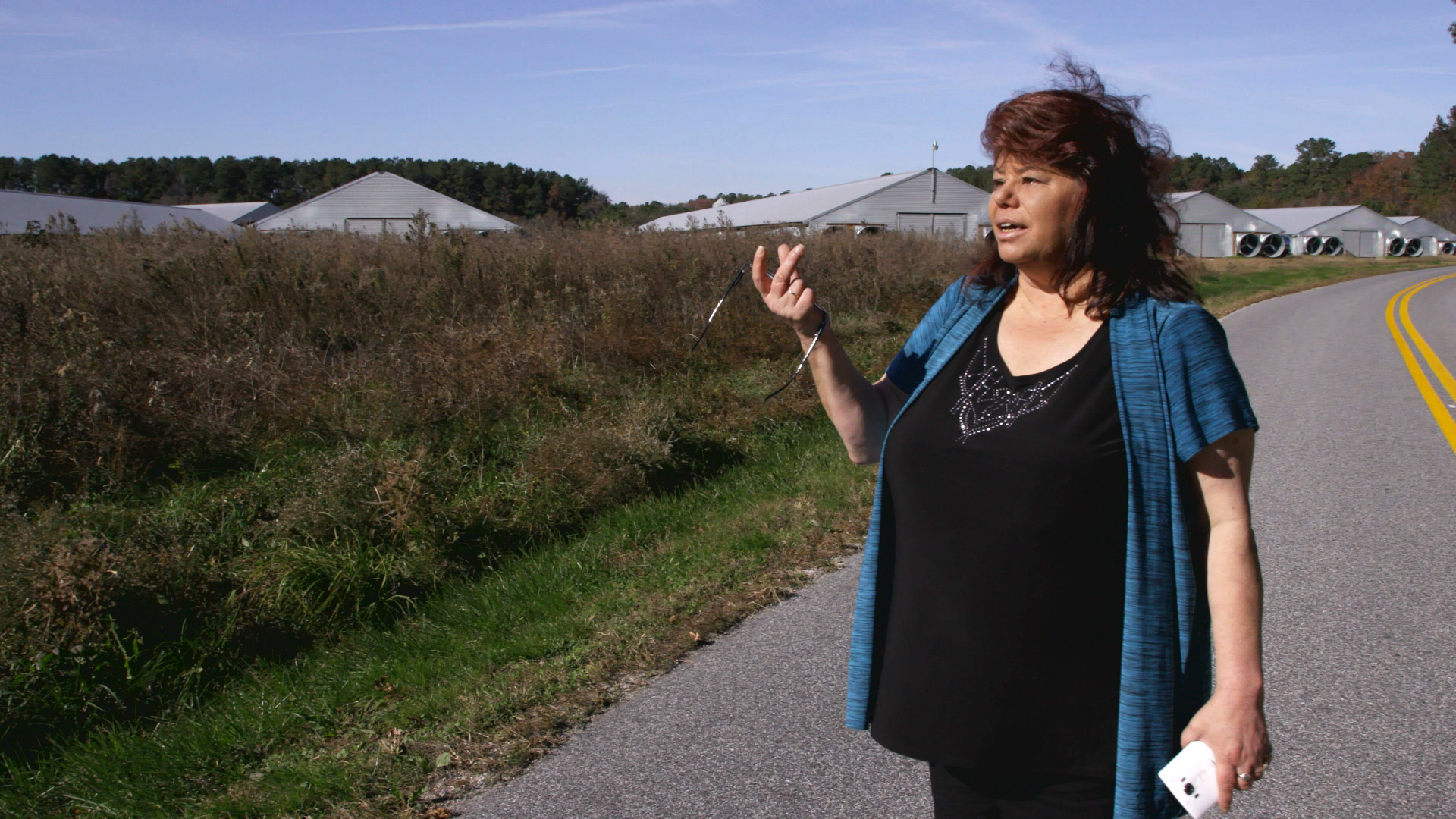
The Inflation Reduction Act, signed into law this past August, includes a sweeping $369 billion investment in various clean energy technologies and credits for consumers to purchase greener technologies. One of those industries is biogas, an energy source that captures methane emissions from large-scale farms. Biogas facilities, which are billed as a “renewable energy source” in the industry, will receive various tax credits and investments from this legislation, prompting industry leaders to look into expanding and constructing facilities across the country.
“It’s almost giddy,” said Timothy Baye, professor of Business Development and State Energy specialist at the University of Wisconsin. “It’s like waking up not expecting Christmas and finding a Christmas tree.”
Animal waste, like cow manure, and agriculture have been identified as significant contributors to the planet’s warming temperatures, with agriculture accounting for 24 percent of global emissions of carbon, methane, and other gasses. Over 100 countries have signed a pledge to cut global methane emissions by 30 percent by 2030. Methane emissions also come from the fossil fuel industry and have seen historic rises in recent years.
The biogas industry has grown exponentially over the past two decades, primarily thanks to California’s Low Carbon Fuel Standard, which was adopted in 2006. The standard created a market for “low-carbon and renewable alternatives” to gasoline and diesel, driving new biogas operations around the country. According to the EPA, electricity generated from biogas more than doubled between 2010 and 2020.
The IRA will give tax credits of up to 30 percent — the same investments given to large clean industries like solar and wind — to biogas facilities built by the beginning of 2025. In addition, this legislative package will also invest roughly $2 billion in the United States Department of Agriculture’s Rural Energy for America Program, or REAP, which provides loans and grants to farmers and businesses in the energy efficiency and renewable energy sector, which includes biogas facilities.
In October, a bipartisan group of Senators from across the Midwest and Great Plains sent a letter to the EPA, urging more pathways for “electricity generated from biogas” to be brought to the energy market.
Apart from the IRA, the Biden administration has made biogas a focal point of its clean energy goals, with the planned creation of new public-private partnerships to encourage more biogas facilities as a part of its Methane Emissions Reduction Action Plan.
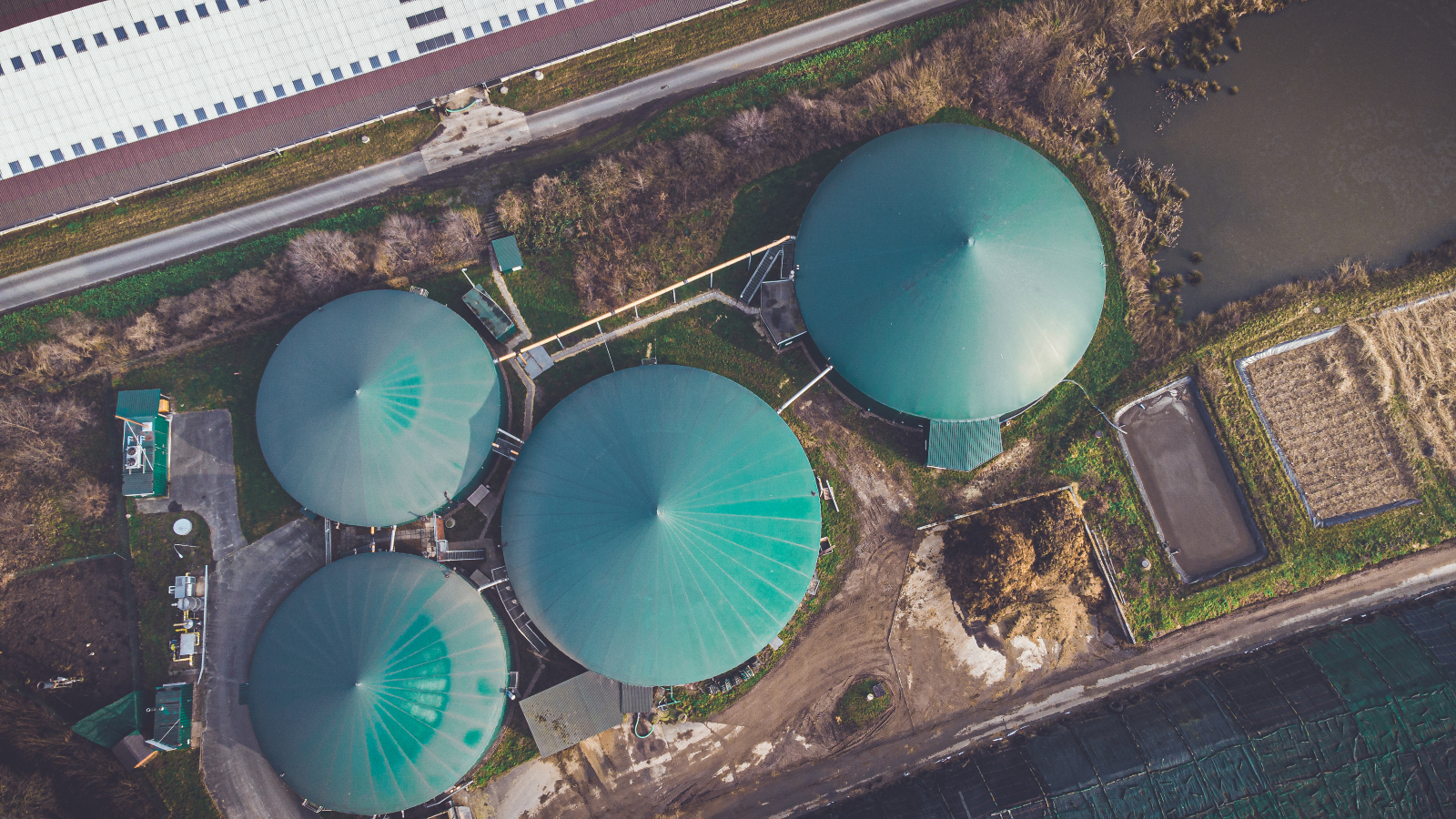
“The biggest impact that the IRA has had on the industry is it has started to levelized the playing field among different renewable energy technologies,” Patrick Serfass, executive director of the American Biogas Council, told Grist.
Serfass said the industry is at a similar moment that both wind and solar were years ago. When a windfall of federal funding helped those sectors in years past, the industries exploded. Since then, he said those involved in the renewable energy sector have looked to Congress to create a “more fair marketplace” for biogas plants to compete in selling and making renewable energy.
“(The IRA) has helped to get more biogas systems developed, and if you care about reducing carbon emissions and producing renewable energy, then that’s a really good thing,” Serfass said.
States with large agricultural sectors are likely to see an increase in biogas facilities, but biogas is not just dependent on animal manure. Landfills and wastewater treatment plants also make up a large portion of the industry. California, Texas, and North Carolina have the biggest potential to make biogas, as estimated by the National Renewable Energy Laboratory.
This month, a $25 million loan project in Stanislaus County, California, which includes the city of Modesto, was approved. The funding, part of REAP, will provide loans for dairy farms in the region to construct six biogas facilities to connect to a local ethanol plant. Additionally, the loans will also fund natural gas pipeline projects, commonly used in the biogas industry as a way to move the created gas from farms to a refinery without the need for large tanker trucks and costly shipping.
Communities that already live with large animal farms and biogas facilities could be a cautionary tale for regions that are expanding or building more digesters. In counties across southeastern North Carolina, predominantly Black and low-income communities have been fighting against the state’s massive hog industry-turned biogas producers for years.
Dr. Sacoby Wilson, a leading expert on environmental justice for rural and agricultural communities, said biogas investments may help decrease methane emissions, but neighboring residents are still exposed to a variety of compounding health hazards.
“They’re not getting the co-benefits that supposedly come from capturing methane, burning methane, or digesting waste,” Wilson told Grist.
Wilson said that biogas is not a clean energy source. While he appreciates the Biden administration’s recent advancements and commitments to environmental justice, the massive funding push for biogas inside the IRA is “one step forward and two steps back.”
He said there should be more significant investments in solutions to the source problems of methane emissions, such as massive agricultural operations that have grown across the country, rather than propping up an industry that relies on destructive practices.
“Why not invest in sustainable, regenerative agriculture?,” Wilson said, “which will actually be more beneficial to local communities, to the local economy.”
Agriculturally focused states are seeing increased pushes for more manure digester facilities. Greenleaf, Wisconsin, an unincorporated community less than 20 miles south of Green Bay, is now home to a massive digester facility. The new facility claims to be among the largest in the nation, converting nearly a million gallons of manure into methane daily. The gas produced here will be pumped into a national pipeline system and used to fuel natural gas vehicle requirements in states on the other side of the country, like California and Oregon.
Early this year, the prospect of a new digester in Rock Valley, Iowa, was heralded as a sustainable solution for nearby farming communities in the northwest corner of the state. But soon after it opened, the facility leaked 376,000 gallons of manure into nearby waters.
“What we’re seeing is essentially factory farm, biogas, and anaerobic digesters being used in tandem with large factory farm operations, which obviously is raising a lot of concern and opposition from communities,” John Aspray, a Food & Water Watch senior organizer in the state, told Grist.
The Bloody Run Creek, also in the northern part of the state, has experienced increased farm run-off from a digester-turned-large animal operation in recent years. Iowa is now seeing an increase in digesters, with nine new facilities granted permitting last year and seven existing ones approved for expansion. State legislators have tried to curb nitrate pollution from agriculture by proposing a ban on new CAFOs, but just last year, state officials incentivized the creation of more digesters at large-scale farms with state funding.
“It’s not going to revolutionize agriculture in a way that makes it more sustainable,” Aspray said. “These are a false solution to climate change.”
